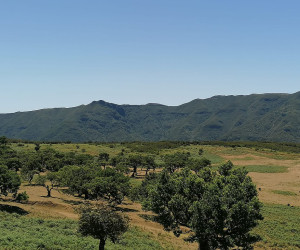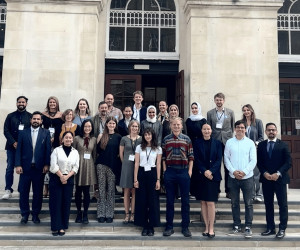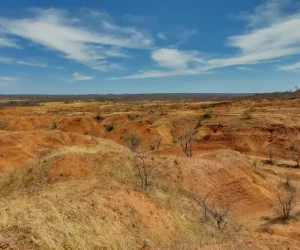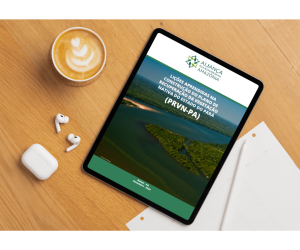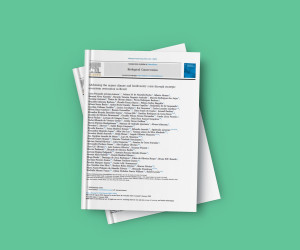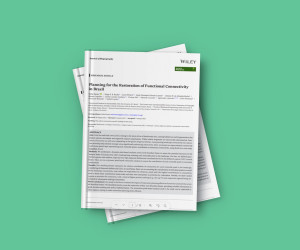Potential of improved use of current agricultural lands to meet demands and spare nature in Brazil
In collaboration with EMBRAPA and INPE, IIS investigated the extent to which the improved use of lands already converted to agriculture in Brazil, a country projected to experience the largest expansion of agricultural output over the next four decades and the nation richest in terrestrial carbon and biodiversity, might contribute to addressing competition for land. The sustainable intensification of production in current agricultural lands has been suggested as a key solution to competition for land between natural ecosystems and agriculture, but studies considering whether these lands can fulfill projected demands while respecting biophysical constraints remain scarce. We found that the current productivity of Brazilian cultivated pasturelands is well below its sustainable carrying capacity and that a sustainable increase in productivity could suffice to produce enough meat and free enough suitable land for crops, wood and biofuels until at least 2040, without further conversion of natural ecosystems. We also quantified to amount of CO2 Eq that could be mitigated in relation to deforestation projections.
Status: Completed; The scientific paper published at Global Environmental Change magazine is available here.
In another study relating to future land-use change, we synthetize the most up-to-date literature on opportunities and constraints of pasture intensification in Brazil. This study, in collaboration with Embrapa and Agrosuisse and published in ANIMAL (International Journal of Animal Biosciences), is available here.

